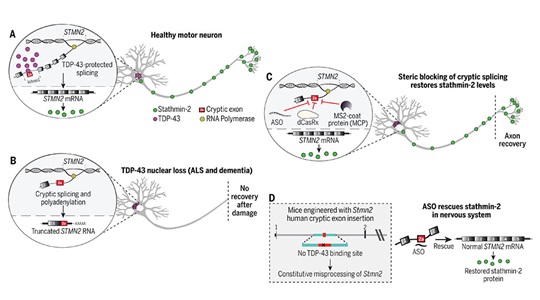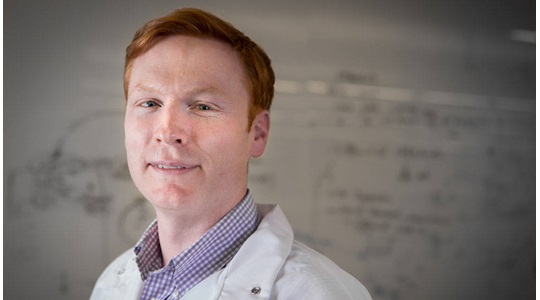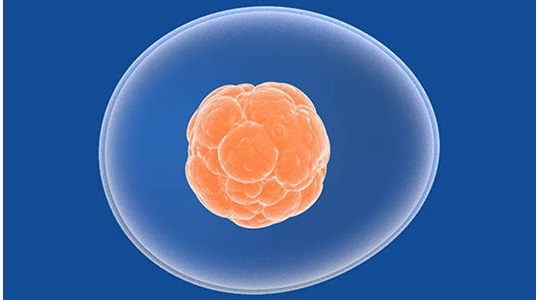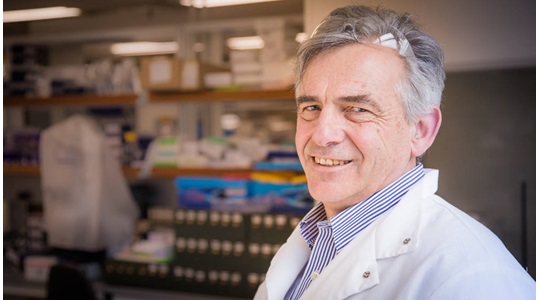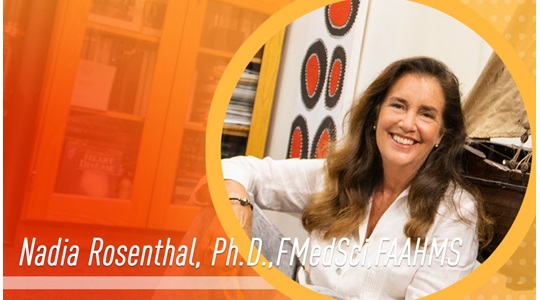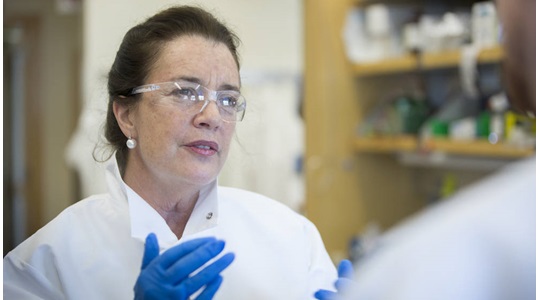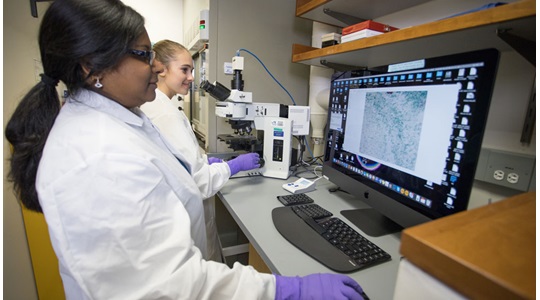Regenerative medicine research
The promise of regenerative medicine is the potential for growing healthy new tissues and organs to replace those damaged by disease or injury, using the patient’s own cells so the body does not reject the new material.
Regenerative medicine research

Martin Pera, Ph.D., is a leading stem cell researcher, with associated interests in neuroscience and regenerative medicine. He comes to JAX from the University of Melbourne (Australia), where he is chair of stem cell sciences. He will join the Bar Harbor faculty as a professor, and will begin full time in January.

Travis Hinson, M.D., is a cardiologist who builds heart tissue in vitro from patient stem cells.

Nature is full of examples of regeneration, from lizards that regrow tails lost in battle to black bears that regain their kidney function after hibernation. But harnessing those powers will require an intricate understanding of how to direct somatic stem cells (the adult body’s manufacturing plants, as opposed to pluripotent embryonic stem cells) to develop into the correct kinds of tissue, involving a highly complex orchestration of gene expression.
At The Jackson Laboratory, Nadia Rosenthal, Ph.D., F.Med.Sci., professor and scientific director of mammalian genetics, is building a world-class team in regenerative medicine. Her own research explores muscle and cardiac developmental genetics and the role of growth factors, stem cells and the immune system in tissue regeneration. Recently Martin Pera, Ph.D., a leading stem cell researcher with interests in neuroscience and regenerative medicine, joined the JAX faculty, and stem cell expert William P. Skarnes, Ph.D., is now the institution’s director of cellular engineering.
Other JAX researchers seeking to exploit the powers of stem cells include Travis Hinson, M.D., a cardiologist who builds heart tissue in vitro from patient stem cells, and Duygu Ucar, Ph.D., who is looking at how epigenetic factors control genes involved in self-renewal.
Research Scientist James Godwin, Ph.D., studies regeneration in the axolotl, a type of salamander that can regenerate the form and function of almost any body part, in comparison with the laboratory mouse which, like humans, has only limited regenerative powers.
